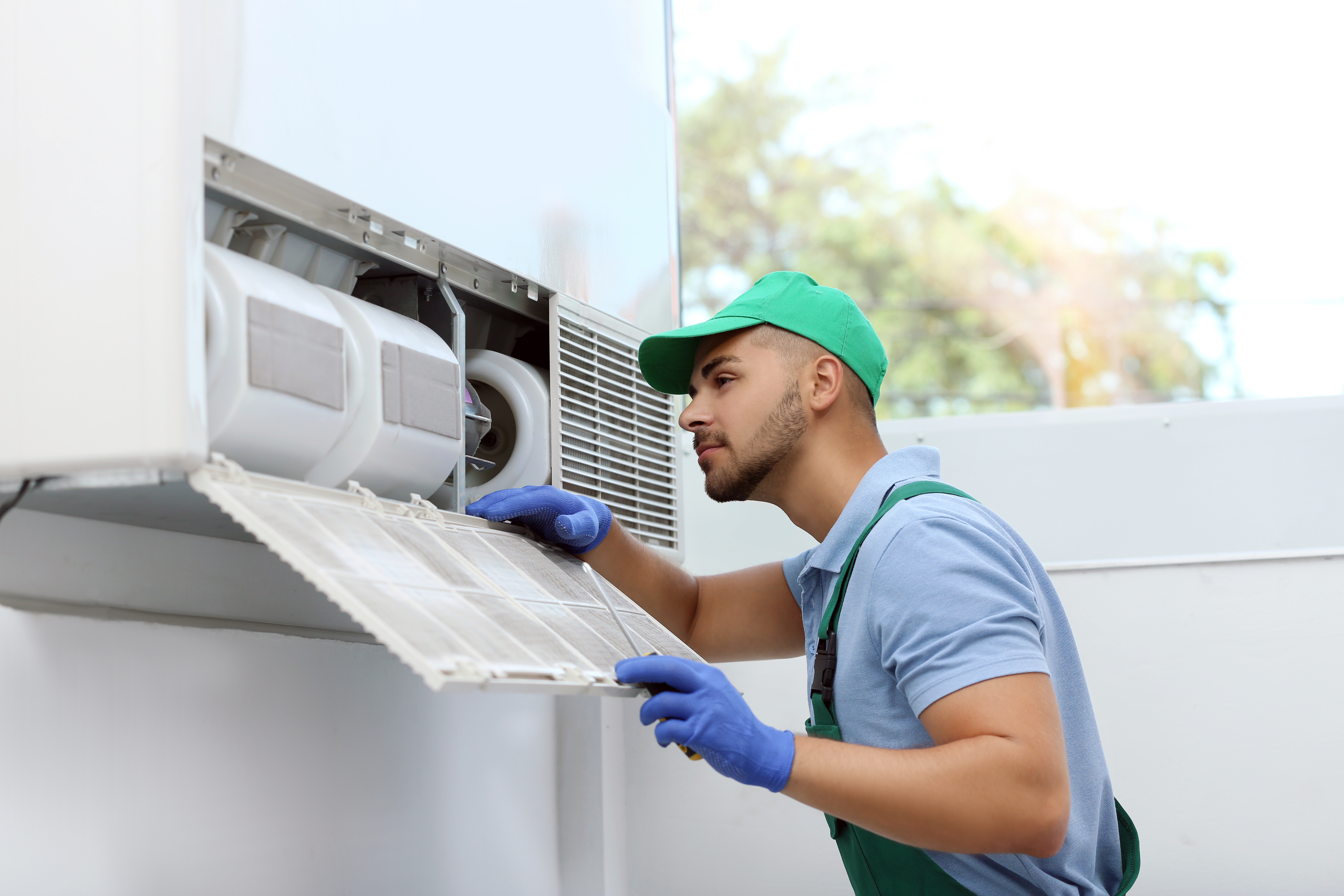HVAC System Design
by Admin
Posted on 15-01-2025 02:39 PM

Understanding HVAC System Basics
An HVAC system is designed to control the temperature, humidity, and air quality within a building. It consists of several components, including:
Key Components of an HVAC System
Heat Pumps: Transfer heat from one place to another, providing both heating and cooling.
Cooling Systems
Evaporative Coolers: Use water evaporation to cool the air, suitable for dry climates.
Ventilation Systems
Ductwork: Distributes heated or cooled air to different rooms.
Controls
Importance of Proper HVAC Design
A well-designed HVAC system is essential for several reasons:
Benefits of Proper HVAC Design
They can handle varying loads, such as changes in occupancy or weather conditions.
Improved Air Quality
Filtration systems can capture particulates and allergens, enhancing the overall air quality in your space. For more detailed information on HVAC System Design, visit the official Alabama HVAC website.
Energy Savings
Proper insulation and sealing can minimize heat loss and gain.
Reduced Maintenance
Steps in HVAC System Design
Designing an HVAC system involves several steps to ensure that it meets the specific needs of the building and its occupants.
1. Load Calculation
2. Equipment Selection
3. System Layout
4. Control System Integration
5. Energy Efficiency Considerations
6. Compliance with Codes and Standards
Common HVAC System Design Challenges
Designing an HVAC system can present several challenges that need to be addressed to ensure optimal performance.
1. Balancing Thermal Comfort and Energy Efficiency
2. Managing Indoor Air Quality
3. Addressing Noise and Vibration
4. Dealing with Limited Space
Future Trends in HVAC System Design
The HVAC industry is continuously evolving, driven by advances in technology and increasing awareness of environmental concerns.
1. Smart HVAC Systems
2. Renewable Energy Integration
3. Enhanced Air Quality Solutions
4. Sustainable Design Practices
Conclusion
Designing an HVAC system requires a comprehensive approach that considers the specific needs of the building and its occupants. By following the steps outlined in this article and addressing common challenges, you can create an HVAC system that provides thermal comfort, maintains indoor air quality, and operates efficiently. As technology continues to advance, integrating smart systems and renewable energy sources will be key to creating sustainable and future-proof HVAC solutions.
FAQs
What is the importance of load calculation in HVAC design?
Load calculation is crucial for determining the amount of heating and cooling required in a building. It ensures that the HVAC system is appropriately sized to meet the thermal needs of the space, preventing issues such as oversized or undersized equipment, which can lead to inefficiencies and discomfort.
How can I improve the energy efficiency of my HVAC system?
Improving energy efficiency can be achieved through several methods, including using high-efficiency equipment, ensuring proper insulation and sealing, implementing advanced control systems, and regularly maintaining the system. Additionally, integrating renewable energy sources like solar power can further reduce energy consumption.
What are some common indoor air quality issues in buildings?
Common indoor air quality issues include high levels of pollutants such as volatile organic compounds (VOCs), particulate matter, and allergens. Poor ventilation, mold growth, and the presence of indoor combustion sources can also contribute to poor air quality. Effective HVAC design includes strategies to mitigate these issues, such as advanced filtration and proper ventilation.
How do smart HVAC systems work?
Smart HVAC systems use internet connectivity and advanced sensors to monitor and control the indoor environment. They can be remotely accessed and adjusted via smartphones or other devices. These systems often incorporate machine learning algorithms to optimize performance, predict maintenance needs, and adjust settings based on occupancy and usage patterns.
What are the benefits of using renewable energy sources in HVAC systems?
Using renewable energy sources such as solar power and geothermal energy can significantly reduce the environmental impact of HVAC systems. These sources provide clean, sustainable energy that can lower energy costs and reduce greenhouse gas emissions. Additionally, renewable energy systems can enhance the resilience of the building's energy supply.
How can I ensure my HVAC system meets local building codes and standards?
To ensure compliance with local building codes and standards, it is essential to consult with a licensed HVAC professional who is familiar with the specific requirements in your area. They can help you design and install a system that meets all necessary regulations and guidelines, ensuring the safety and functionality of the system.
Just Rite Air
28015 Smyth Dr Suite 116, Santa Clarita, CA 91355
(661) 779-4499
